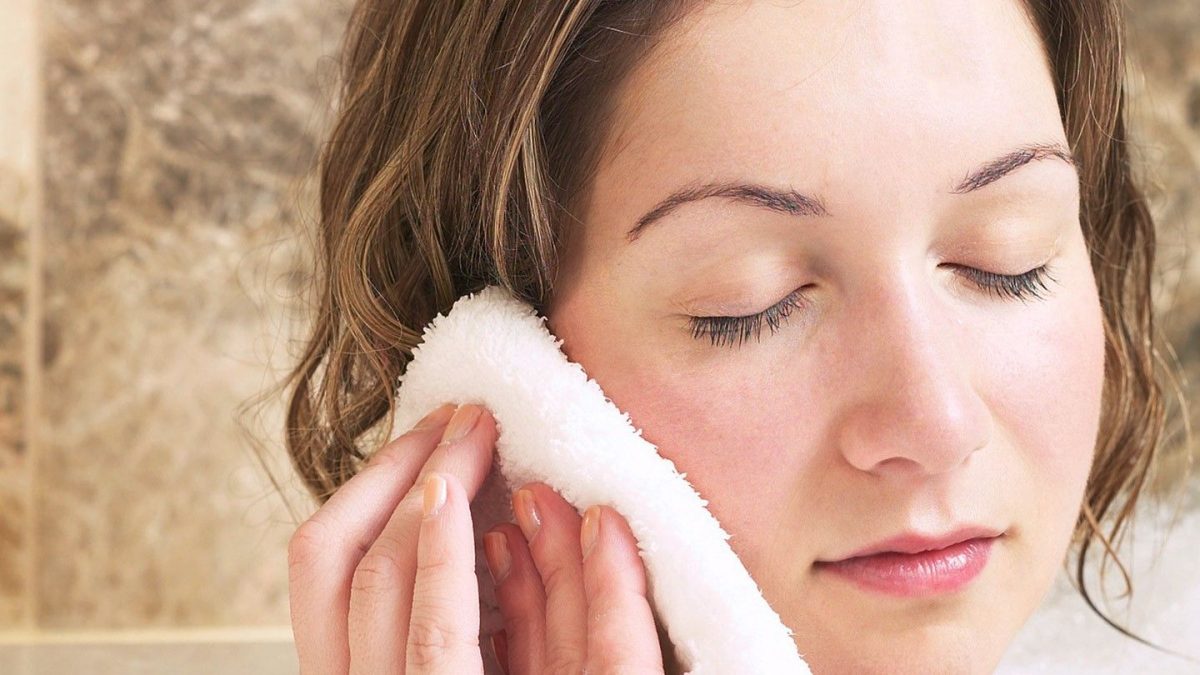You know what ear pressure feels like. As you take off in an airplane or go up in an elevator, you feel the push in your ears. You have to swallow or yawn to relieve the pressure before it becomes painful. You sometimes have the same sensation when you have a cold or allergy problems. What causes that pressure?
Anatomy of the ear
The ear is divided into three parts, each with a particular function.
1. Outer ear
- This consists of the visible part of the ear, called the auricle.
- The auricle is shaped like a conch shell to capture sound and funnel it into the ear canal.
- The ear canal (the external auditory canal) is a tube that runs from the outside to the ear drum (tympanic membrane).
- The drum is a thin connective tissue membrane, which separates the outer ear from the middle ear.
2. Middle ear
- The middle ear is a space occupied by 3 tiny bones, the hammer (malleus), the anvil (incus), and the stirrup (stapes).
- The bones are connected to each other to form a bridge. The hammer is attached to the ear drum and the anvil. The anvil connects the hammer and the stirrup, part of which is attached to the oval window.
- The oval window is an opening in the bone between the middle ear space and the cochlea. It is covered by a thin membrane.
- The purpose of the membranes and the bones is to transmit sound. A noise, such as music or a voice, creates sound waves which travel through the air in all directions. The cupped outer ear funnels the sound into the ear canal where it causes the eardrum to vibrate. The vibration is carried across the middle ear by the bones, resulting in another vibration in the oval window. This is transmitted to the fluid in the cochlea which, in turn, transmits the sound to the brain.
- The middle ear also contains the round window and the Eustachian tube.
- The round window acts as a pressure reliever for the cochlea, bulging outward when the oval window is pushed inward.
- The Eustachian tube is a hollow tube connecting the middle ear to the back of the nasopharynx. Its purpose is to prevent pressure buildup in the middle ear. The tube opens when you yawn or swallow, equalizing the pressures.
3. Inner Ear
- The inner ear has 2 functions: hearing and balance.
- The cochlea is the organ of hearing. The fluid within the cochlea carries the vibrations from the oval window to specialized cells with hair-like projections into the fluid. These cells convert the vibrations to electronic impulses that are transmitted to the brain by neurons and interpreted as sound.
- The other organ in the inner ear is the labyrinth, also called the semicircular canals which control your sense of balance.
What are the causes of ear pressure?
- One cause that was already mentioned is a rapid change in altitude, such as in a plane or elevator. The Eustachian tube is not rigid. Most of the time, it is closed as the walls relax against each other. Therefore, when the altitude changes, and the pressure on the two sides of the ear drum become different, the drum is pushed by the pressure and you feel that as an unpleasant sensation. When you yawn or swallow, the tube is forced open and the pressure equalizes and you feel better.
- Something blocking the ear canal can cause that sensation. This is usually ear wax or sometimes, a foreign object, especially in children.
- Any condition that causes the posterior nasal pharynx to swell, such as a cold or allergies, can cause the pressure. The tissues at the opening of the Eustachian tubes becomes inflamed and swells. The tube cannot open properly with a buildup of pressure on one side of the ear drum.
- Besides colds and allergies, sinusitis can also cause the same inflammation as irritating mucus gathers at the back of the throat.
- Infection in the middle ear can also cause inflammation of the Eustachian tubes, causing them to swell shut.
Uncommon Causes for Ear Pressure
- A tumor, such as a cholesteatoma, can block the ear canal.
- fungal infection in the ear canal can also block the passageway.
- Meniere’s disease, an inflammation of the inner ear, has been known to result in a pressure sensation.
- Severe Temporomandibular Joint Disease (TMJ) can also produce the symptom.
An ear infection or acute otitis media accounts for a large percentage of the complaints of ear pressure and pain.
Most of the cases occur in toddlers, especially those in day care, those exposed to secondhand smoke, and infants who are bottle fed on their backs.
Adults with allergies and colds sometimes have blockage of the Eustachian tube. Prolonged blockage can cause buildup of fluid within the middle ear. If backwash from the mouth or nose contaminates that fluid, an infection can develop. This can cause not just pressure, but severe pain as the pressure increases.
In such cases, it’s crucial to consult a professional who can provide the right treatment and advice. The Los Angeles best audiologist is a great resource for this. They are experts in diagnosing and managing conditions related to the ear, including otitis media. With their extensive knowledge and experience, they can help alleviate the discomfort and prevent further complications.
If not treated properly, acute otitis media can become chronic otitis media, resulting in destruction of the ear bones and hearing loss. Most ear infections resolve by themselves as the swelling in the throat goes down and the middle ear drains. But if the discomfort in your ear persists, if the child is less than 6 months old, if the pain is severe, or if pus is draining from the ear, you need to see a doctor.
If you live in the Princeton area, you can contact an excellent Princeton ENT doctor. They will be able to diagnose your problem and treat you quickly and efficiently. Don’t wait too long to get help.


